Bálna Budapest
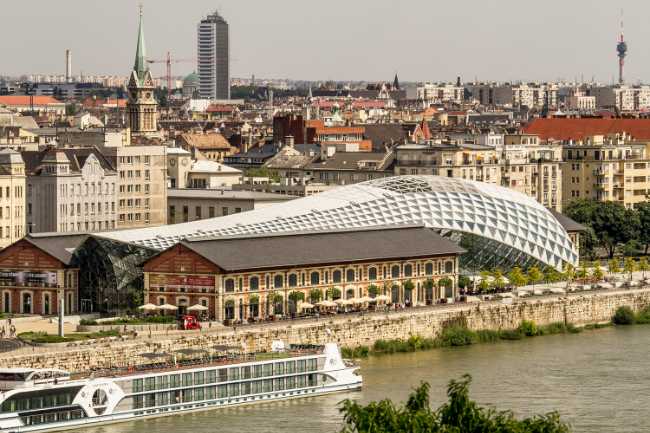
Bálna Budapest, meaning "Whale" in Hungarian, is a striking contemporary landmark on the Danube’s east bank between Liberty and Petőfi Bridges. Designed by Dutch architect Kas Oosterhuis, it merges 19th-century warehouse structures with a dramatic glass-and-steel superstructure shaped like a whale, symbolizing Budapest’s blend of heritage and innovation. Originally intended as a shopping and entertainment center, Bálna now thrives as a multifunctional cultural hub, home to the New Budapest Gallery with contemporary art exhibitions, and a variety of restaurants, cafés, and bars offering panoramic river views from outdoor terraces and a lookout point near the top. The complex hosts art events, concerts, and markets, including antique and organic food shops, making it a vibrant yet peaceful alternative to busier city attractions. Its unique architecture, riverside promenade, and relaxed atmosphere make Bálna a notable destination for those seeking culture, gastronomy, and some of the best vistas in Budapest.
Budapest HungaryBálna Budapest, also known as the Whale, is a modern shopping and cultural center located on the Pest side of the Danube River. You can find it between Petőfi Bridge and Szabadság Bridge, near the scenic riverside walkway and the Great Market Hall. The building is a repurposed warehouse complex with a unique glass and metal structure. Nearby attractions include the Corvinus University campus, Gellért Hill with its panoramic views of the city, and the renowned Gellért Baths. You can also explore local food and crafts at the Great Market Hall. The area is rapidly developing, with plans for a new urban park, Nehru Park, featuring a biodiverse garden and water garden in front of the Bálna. The Bálna complex itself offers a variety of shops, cafes, and restaurants, including a craft beer pub called Jónás Pub and a lookout point with stunning views of the Danube River and the city.
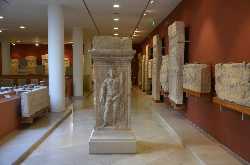 Hungarian National Museum
Budapest
Hungarian National Museum
Budapest
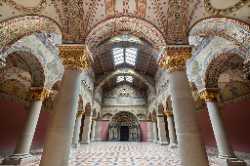 Museum of Fine Arts Budapest
Budapest
Museum of Fine Arts Budapest
Budapest
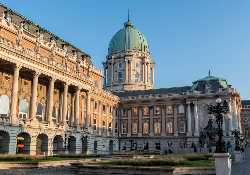 Hungarian National Gallery
Budapest
Hungarian National Gallery
Budapest
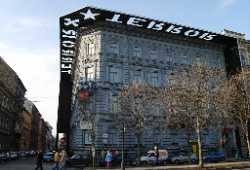 House of Terror Museum
Budapest
House of Terror Museum
Budapest
 Ludwig Museum of Contemporary Art
Budapest
Ludwig Museum of Contemporary Art
Budapest
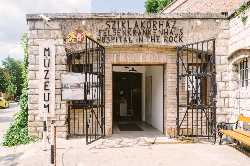 Hospital in the Rock Museum
Budapest
Hospital in the Rock Museum
Budapest
 Műcsarnok
Budapest
Műcsarnok
Budapest
 Ernst Museum
Budapest
Ernst Museum
Budapest
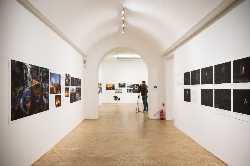 Robert Capa Contemporary Photography Center
Budapest
Robert Capa Contemporary Photography Center
Budapest
 Buda Castle
Budapest
Buda Castle
Budapest
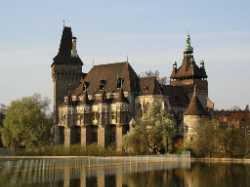 Vajdahunyad Castle
Budapest
Vajdahunyad Castle
Budapest
 Szabadság Square
Budapest
Szabadság Square
Budapest
 Parliament Building
Budapest
Parliament Building
Budapest
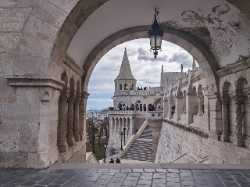 Fisherman’s Bastion
Budapest
Fisherman’s Bastion
Budapest
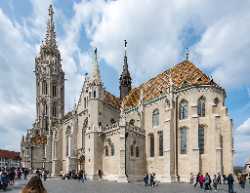 Matthias Church
Budapest
Matthias Church
Budapest
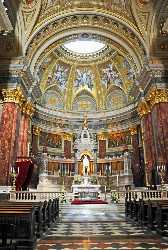 St. Stephen’s Basilica
Budapest
St. Stephen’s Basilica
Budapest
 Heroes’ Square
Budapest
Heroes’ Square
Budapest
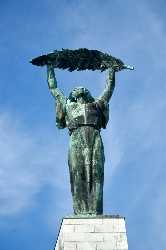 Liberty Statue Gellért Hill
Budapest
Liberty Statue Gellért Hill
Budapest
 Shoes on the Danube Bank
Budapest
Shoes on the Danube Bank
Budapest
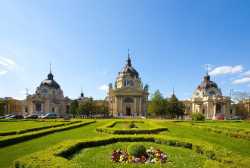 City Park Városliget
Budapest
City Park Városliget
Budapest
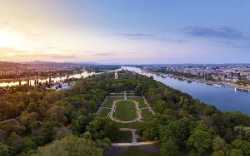 Margaret Island
Budapest
Margaret Island
Budapest
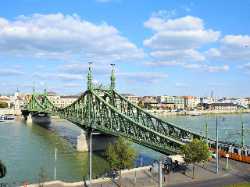 Liberty Bridge
Budapest
Liberty Bridge
Budapest
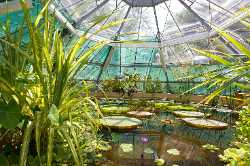 Budapest Botanical Garden
Budapest
Budapest Botanical Garden
Budapest
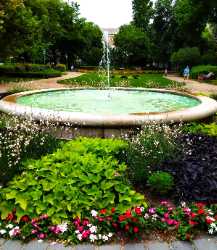 Károlyi Garden
Budapest
Károlyi Garden
Budapest
 Vörösmarty Square
Budapest
Vörösmarty Square
Budapest
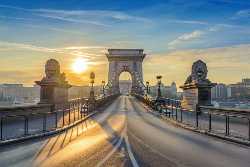 Széchenyi Chain Bridge
Budapest
Széchenyi Chain Bridge
Budapest
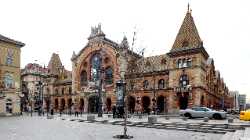 Great Market Hall
Budapest
Great Market Hall
Budapest
 Lehel Market
Budapest
Lehel Market
Budapest
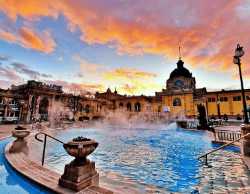 Széchenyi Thermal Bath
Budapest
Széchenyi Thermal Bath
Budapest
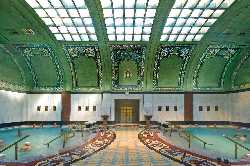 Gellért Baths
Budapest
Gellért Baths
Budapest
 Rudas Baths
Budapest
Rudas Baths
Budapest
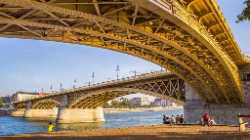 Margaret Bridge
Budapest
Margaret Bridge
Budapest
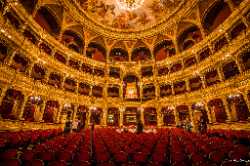 Hungarian State Opera House
Budapest
Hungarian State Opera House
Budapest
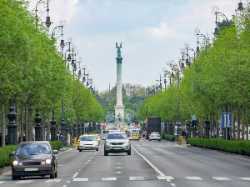 Andrássy Avenue
Budapest
Andrássy Avenue
Budapest
 Dohány Street Synagogue
Budapest
Dohány Street Synagogue
Budapest
 Memento Park
Budapest
Memento Park
Budapest
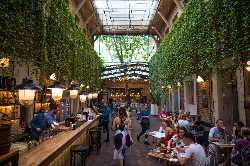 Ruin Bars
Budapest
Ruin Bars
Budapest
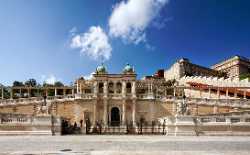 Castle Garden Bazaar
Budapest
Castle Garden Bazaar
Budapest
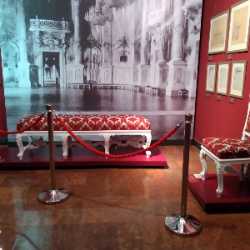 Budapest History Museum
Budapest
Budapest History Museum
Budapest
 Hungarian Natural History Museum
Budapest
Hungarian Natural History Museum
Budapest
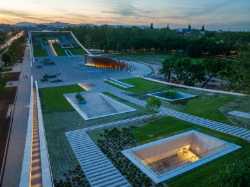 Hungarian Ethnographic Museum
Budapest
Hungarian Ethnographic Museum
Budapest
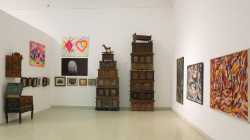 Kunsthalle Budapest
Budapest
Kunsthalle Budapest
Budapest
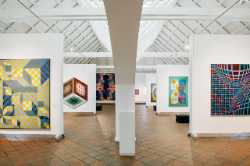 Vasarely Museum
Budapest
Vasarely Museum
Budapest
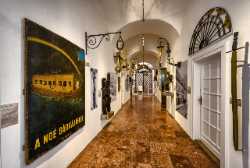 Kiscelli Museum
Budapest
Kiscelli Museum
Budapest
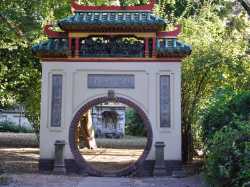 Ferenc Hopp Museum of Asiatic Arts
Budapest
Ferenc Hopp Museum of Asiatic Arts
Budapest
 Mai Manó House
Budapest
Mai Manó House
Budapest
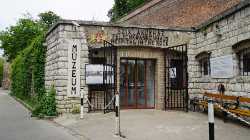 Hospital in the Rock Nuclear Bunker Museum
Budapest
Hospital in the Rock Nuclear Bunker Museum
Budapest
 House of Hungarian Music
Budapest
House of Hungarian Music
Budapest
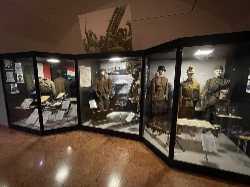 Museum of Military History
Budapest
Museum of Military History
Budapest
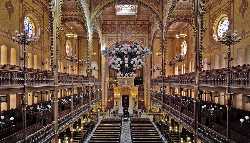 Hungarian Jewish Museum & Archives
Budapest
Hungarian Jewish Museum & Archives
Budapest
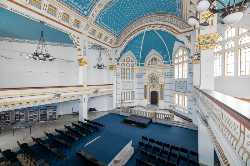 Holocaust Memorial Center
Budapest
Holocaust Memorial Center
Budapest
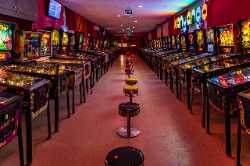 Flippermúzeum
Budapest
Flippermúzeum
Budapest
 Museum of Trade and Tourism
Budapest
Museum of Trade and Tourism
Budapest
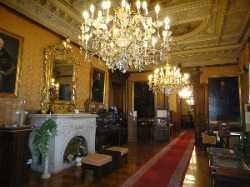 Budapest Postal Museum
Budapest
Budapest Postal Museum
Budapest
 Agricultural Museum
Budapest
Agricultural Museum
Budapest
 Technical and Transportation Museum
Budapest
Technical and Transportation Museum
Budapest
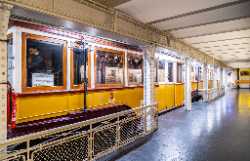 Underground Railway Museum
Budapest
Underground Railway Museum
Budapest
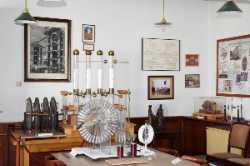 Museum of Electrical Engineering
Budapest
Museum of Electrical Engineering
Budapest
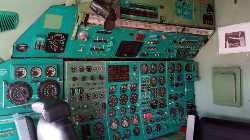 Aeropark Aviation Museum
Budapest
Aeropark Aviation Museum
Budapest
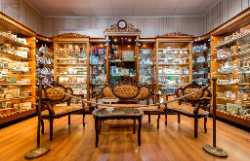 Szamos Chocolate Museum
Budapest
Szamos Chocolate Museum
Budapest
 Zwack Unicum Museum
Budapest
Zwack Unicum Museum
Budapest
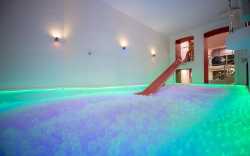 Museum of Sweets and Selfies
Budapest
Museum of Sweets and Selfies
Budapest
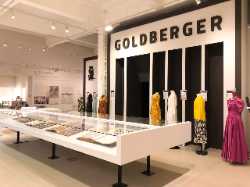 Goldberger Collection of Textile Industry
Budapest
Goldberger Collection of Textile Industry
Budapest
 Godot Institute of Contemporary Art
Budapest
Godot Institute of Contemporary Art
Budapest
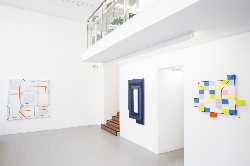 Faur Zsófi Gallery
Budapest
Faur Zsófi Gallery
Budapest
 Deák17 Youth Art Gallery
Budapest
Deák17 Youth Art Gallery
Budapest
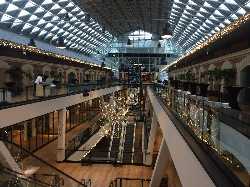 New Budapest Gallery
Budapest
New Budapest Gallery
Budapest
 Várfok Gallery
Budapest
Várfok Gallery
Budapest
 Deák Erika Gallery
Budapest
Deák Erika Gallery
Budapest
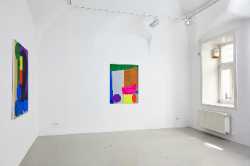 Kisterem Gallery
Budapest
Kisterem Gallery
Budapest
 Ani Molnár Gallery
Budapest
Ani Molnár Gallery
Budapest
 acb Gallery
Budapest
acb Gallery
Budapest
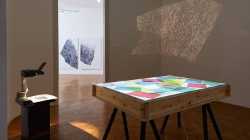 Inda Gallery
Budapest
Inda Gallery
Budapest
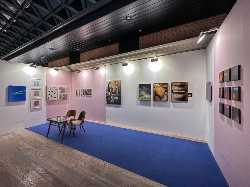 TOBE Gallery
Budapest
TOBE Gallery
Budapest
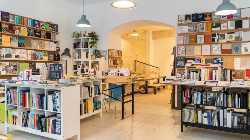 ISBN books+gallery
Budapest
ISBN books+gallery
Budapest
 MissionArt Gallery
Budapest
MissionArt Gallery
Budapest
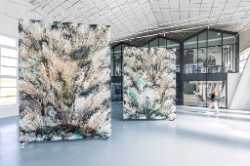 Kahan Art Space
Budapest
Kahan Art Space
Budapest
 Trapéz Gallery
Budapest
Trapéz Gallery
Budapest
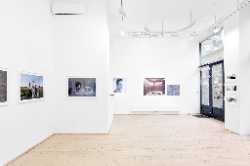 VILTIN Gallery
Budapest
VILTIN Gallery
Budapest
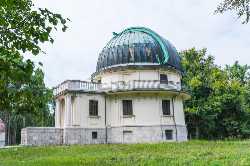 Konkoly Observatory
Budapest
Konkoly Observatory
Budapest
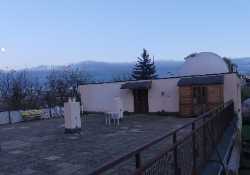 Polaris Observatory
Budapest
Polaris Observatory
Budapest